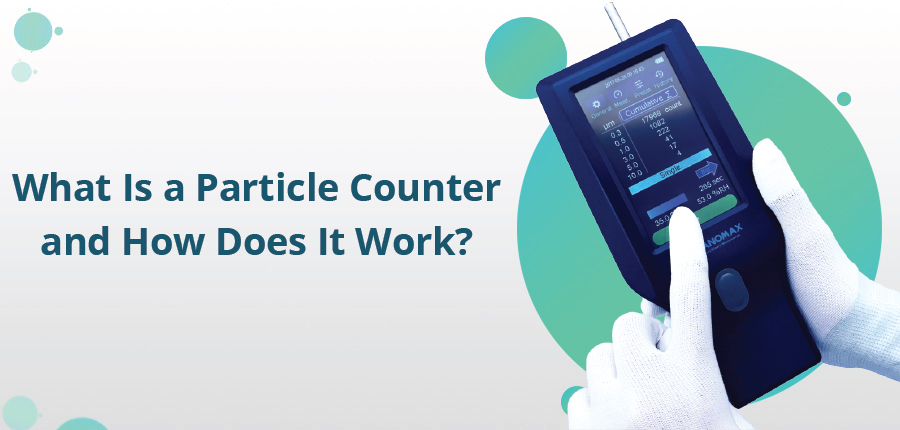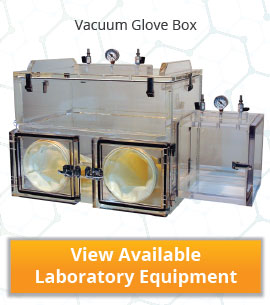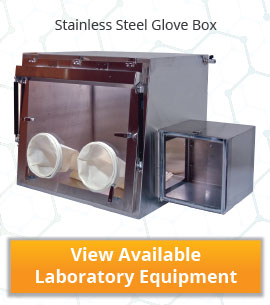
What is a particle counter and how does it work?
Clean room facilities are crucial in the development and manufacturing of semiconductor and pharmaceutical products, biotechnology, and other fields that are very sensitive to environmental contamination. Designed to maintain an extremely low level of airborne particles, clean rooms can be classified into 9 classes determined by the number of particles per cubic meter.
Let’s take an ISO 9 classification for example. There are around 35,000,000 particles for each cubic meter (size range 0.5 μm and bigger), where an ISO 1 classification only permits 12 particles for each cubic meter (3μm and smaller).
There are many variables needed to reach a specific clean room cleanliness certification, but a particle counter is an essential tool used to monitor, classify and diagnose the source of contaminants in clean room operations. A particle counter should be a standard tool used to measure and maintain the desired level of cleanliness in all clean rooms.
What is a particle counter?
By definition, a particle counter is a device that detects and counts physical particles. Particle counters are available in three categories aerosol, liquid, and solid. Selecting the correct monitoring tool is important in monitoring the current environmental conditions, but in the case of a clean room, an aerosol particle counter is ideal.
How does it work?
Aerosol particle counters are available in two types, optical and condensation.
Optical particle counters are capable of monitoring particle in the air and liquids. Using a high energy light source, particles are measured and counted when the light source is blocked out. This specific monitoring device uses the principle of light scattering to measure particle in the air. An optical particle is also able to detect and measure particles using light blocking, light scattering, and direct imaging methods.
A condensation particle counter uses isopropyl alcohol or butanol to enlarge incoming particles up to 200% allowing easier detection by regulating the saturation levels as they fluctuate with temperature. This monitoring device allows technicians to detect particles as small as 2nm, where particle this small cannot be detected by an optical particle counter. Available in a hand-held form, these models are ideal for a clean room as they have a lower flow rate for spot checking and certification of lower volumes of air. For round-the-clock monitoring of larger volumes of air, a large portable condensation particle counter can be installed in a clean room.
Before purchasing a particle counter, consider the following:
- Size of the Particles
- Flow Rate Capacity
- Type of Data Collection
- Handheld or Large Portable Device
- Is 24/7 Monitoring Needed?
Choosing a clean room particle counter can be an intimidating process, but we hope our article is able to provide you enough information to help you purchase the right particle monitoring device for your clean room.
Included below you will find a Clean Room Standard chart below for reference.
ISO 14644-1 Cleanroom Standards
| Maximum Particles/ft³ | ||||||
| Class | >0.1 um | >0.2 um | >0.3 um | >0.5 um | >5 um | ISO equivalent |
| 1 | 35 | 7 | 3 | 1 | ISO3 | |
| 10 | 350 | 75 | 30 | 10 | ISO4 | |
| 100 | 100 | ISO5 | ||||
| 1000 | 1000 | 7 | ISO6 | |||
| 10,000 | 10,000 | 70 | ISO7 | |||
| 100,00 | 100,000 | 700 | ISO8 | |||
For all your Cleanroom and Laboratory Equipment and Supplies visit our product page.



